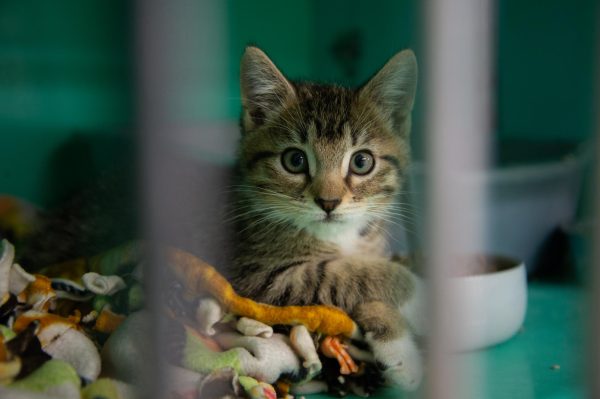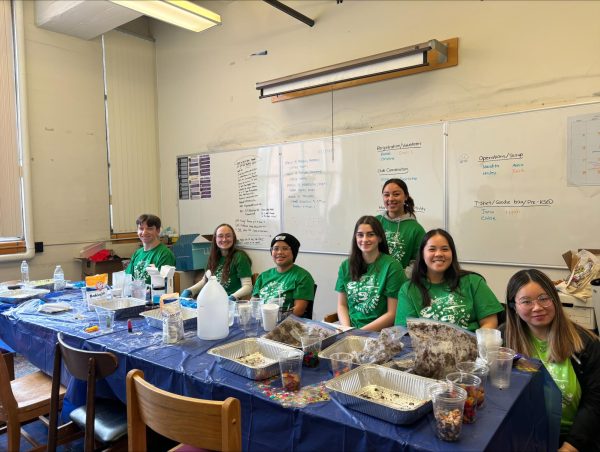Misconceptions about HPV impact decisions
A common disease, it spreads easily through small skin-to-skin contact, low vaccination rates.
MATT ESTABROOK | EVERGREEN PHOTO ILLUSTRATION
Sarah Fincham, clinical assistant professor at WSU Spokane’s nursing program, said HPV can spread even while using a condom.
January 24, 2018
In an episode of the HBO show “Girls,” Hannah, the main character, visits the doctor and finds out she has human papillomavirus. She becomes hysterical and tells everyone that she has pre-cancer.
While the reaction was dramatized for television, Hannah isn’t the only one who has some misconceptions about HPV.
Sarah Fincham, a clinical assistant professor in the WSU College of Nursing, said the virus is much more common than many people realize.
One misconception people have about HPV is how common it is to contract it. “Almost every person will get some strain of HPV at some point during their lifetime,” Fincham said.
There are also many different strains of the virus. “There are more than 120 different strains of HPV, about 80 of these affect cutaneous tissue, potentially causing common skin warts. About 40 strains affect mucous membrane tissue; of these, about 14 are considered high risk or cancer causing,” Fincham said.
According to the Centers for Disease Control and Prevention website, in the U.S. alone nearly 79 million people currently have HPV. About 14 million people contract the disease each year, and they contract it in many ways.
“It’s just not totally clear yet all the ways it can be spread,” Fincham explained.
She referenced a study published in the Journal of Infectious Diseases that said male virgins have tested positive for the virus, which suggests it can spread through kissing. More research needs to be done to determine whether this is accurate, Fincham said.
She said HPV can circulate through skin-to-skin contact. This means there is a small possibility of contracting the disease during sex even while using a condom. However, Fincham emphasized that a condom still greatly reduces the risk.
While condoms are helpful, Fincham said the best protection is an HPV vaccination. A 2016 National Immunization Survey by the CDC shows only 43 percent of teens nationwide have received updated vaccines.
Fincham said that since 2006, the vaccination has been recommended for girls from age 11 into their mid-20s, which accounts for the higher vaccination rate among women. However, it wasn’t approved for boys until 2011.
The vaccination involves a two-shot series if begun before age 15, and three shots after.
She said some parents choose not to get their kids vaccinated because they see it as an STD vaccination, and they don’t think their kids will have sex for a while. Fincham said she hopes this stigma will end, and that parents will reconsider their decision not to vaccinate children.
“Most of the time HPV resolves itself because of our immune system,” she said, “but we never know who is going to get cancer and who isn’t.”
If the immune system doesn’t resolve the virus, Fincham said cancer can manifest. She said HPV is present in 70 percent of throat and mouth cancer cases, and 99 percent of cervical cancer cases. It can also lead to anal or penile cancer.
HPV vaccinations are available at the Health & Wellness building by appointment.
Correction: A previous version of the article had unclear information about the 120 strains of HPV and which strains affect bodily tissue.






















